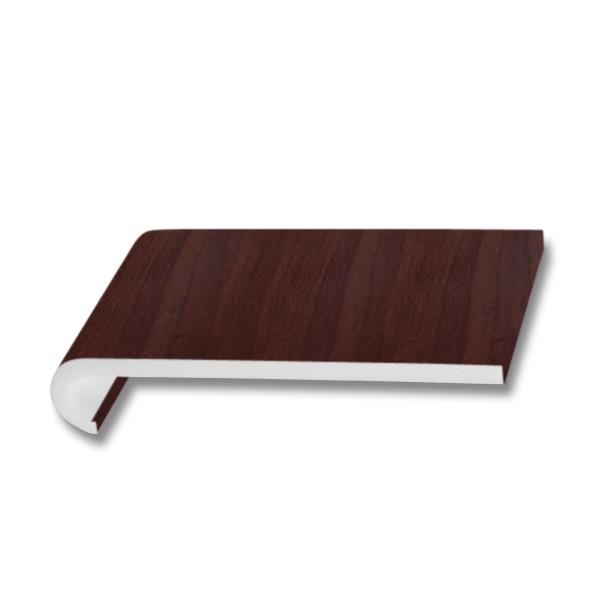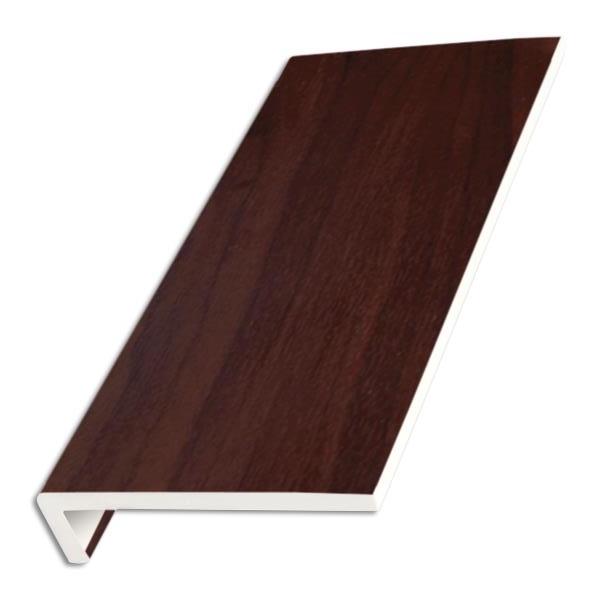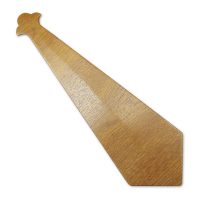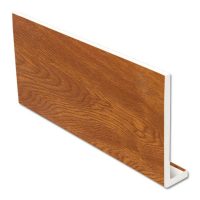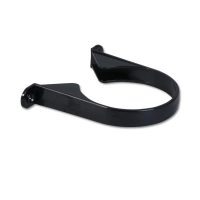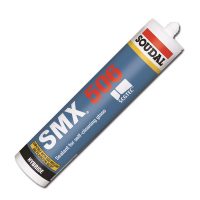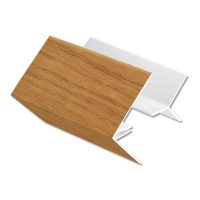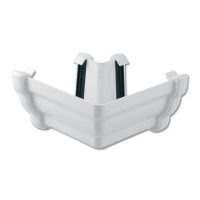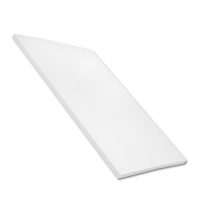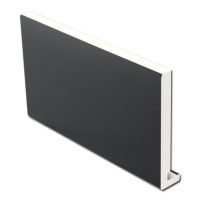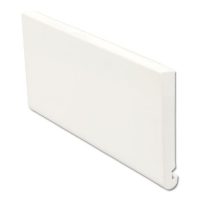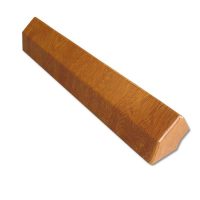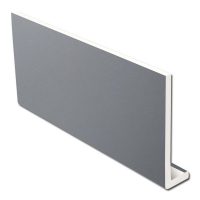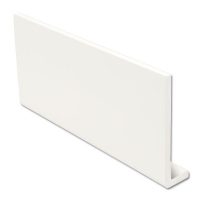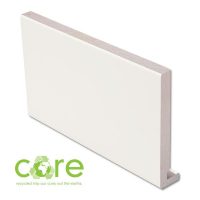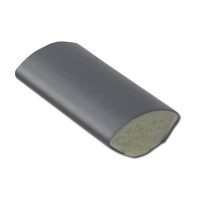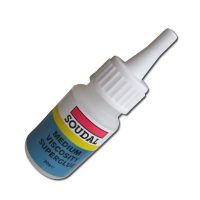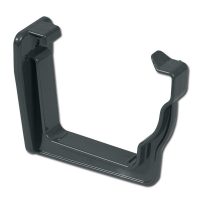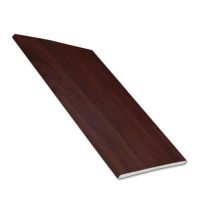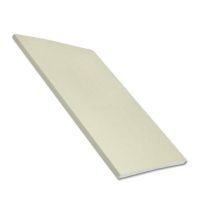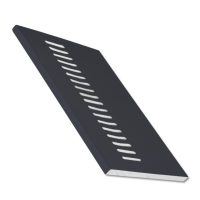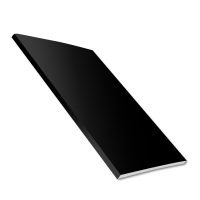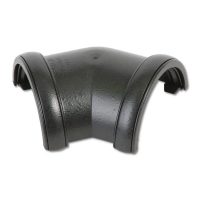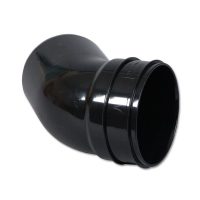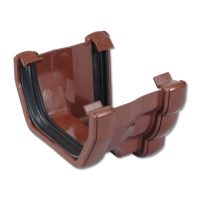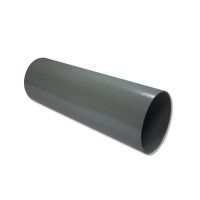uPVC square and ogee window sills, along with laminated chipboard window boards, are practical and popular choices for modern building projects. Each offers specific advantages in terms of maintenance, durability, and aesthetic appeal. Understanding these different types can help homeowners, architects, and builders select the best options for their specific needs and environments.
uPVC Square Window Sills
uPVC (unplasticised Polyvinyl Chloride) square window sills feature a simple, straight-edged design that fits well with contemporary architectural styles. Their sharp, clean lines provide a modern look that complements various window frames, particularly in new construction and minimalist designs.
Advantages:
- Durability: uPVC is known for its resistance to weathering, chemicals, rotting, and UV light, making it an ideal material for exterior window sills.
- Maintenance: These sills require minimal upkeep beyond cleaning, as uPVC does not need to be painted or sealed.
- Cost-Effectiveness: Generally more affordable than traditional materials such as wood or stone, uPVC offers considerable cost savings both in initial installation and long-term maintenance.
- Insulation: uPVC has good thermal properties, contributing to better insulation around window openings.
Applications: Suited for modern residential and commercial buildings, uPVC square window sills are particularly beneficial in environments where durability and low maintenance are priorities.
uPVC Ogee Window Sills
uPVC ogee window sills provide a classic aesthetic with a traditional S-shaped curve that adds architectural interest and elegance. This style is often favoured in renovation projects where the goal is to mimic or preserve the historic look of a building while utilising modern materials.
Advantages:
- Aesthetic Versatility: While offering the look of more ornate traditional materials, uPVC ogee sills can be integrated into classic and contemporary designs.
- Weather Resistance: Like their square counterparts, these sills are highly resistant to environmental damage, including dampness, decay, and discolouration.
- Ease of Installation: Lightweight and easy to handle, uPVC sills can be installed quickly and easily compared to heavier traditional materials.
- Cost Efficiency: They provide a cost-effective alternative to wood or stone, with minimal maintenance requirements.
Applications: uPVC ogee window sills are ideal for properties requiring a decorative look without the upkeep of natural materials, such as period-style homes, cottages, and traditional commercial properties.
Laminated Chipboard Window Board
Laminated chipboard window boards offer a versatile and economical alternative for interior window finishes. Made from compressed wood chips and resin, these boards are coated with a durable laminate layer that mimics the appearance of wood or other finishes.
Advantages:
- Cost Efficiency: This material is significantly cheaper than solid wood or other natural materials, making it a budget-friendly option for large-scale or budget-sensitive projects.
- Variety of Finishes: The laminate coating can be produced in various colours and textures, allowing for customisation to match interior decor.
- Ease of Maintenance: Laminated surfaces are easy to clean and resist stains and scratches, making them suitable for areas with high usage.
- Installation: Lightweight and easy to cut to size, laminated chipboard can be quickly installed, reducing labour costs.
Applications: These boards are particularly well-suited for modern homes, apartments, and commercial settings where cost and ease of maintenance are key considerations. They are commonly used in kitchens, bathrooms, and other areas with beneficial moisture resistance.
Comparison and Considerations
When selecting between uPVC square and ogee window sills and laminated chipboard window boards, several factors should be considered:
- Location and Exposure: Exterior window sills like uPVC are designed to withstand outdoor elements, whereas laminated chipboard suits interior applications.
- Aesthetic Needs: The choice may depend largely on the building’s visual style. uPVC sills, both square and ogee, offer clean lines and durability with minimal upkeep, while laminated chipboard provides a wide range of finishes and a wood-like appearance.
- Environmental Impact: uPVC is a plastic product, which may concern those looking to use more sustainable materials. However, its durability and long life can offset its environmental impact. In contrast, chipboard is wood-based but involves adhesives and chemicals.
- Budget: Laminated chipboard is generally less expensive than uPVC, making it a good option for interior applications where cost is a decisive factor.
In summary, uPVC window sills (square and ogee) and laminated chipboard window boards each serve distinct purposes and offer unique benefits. Choosing the right type depends on budget, aesthetic preference, environmental conditions, and specific project requirements.

